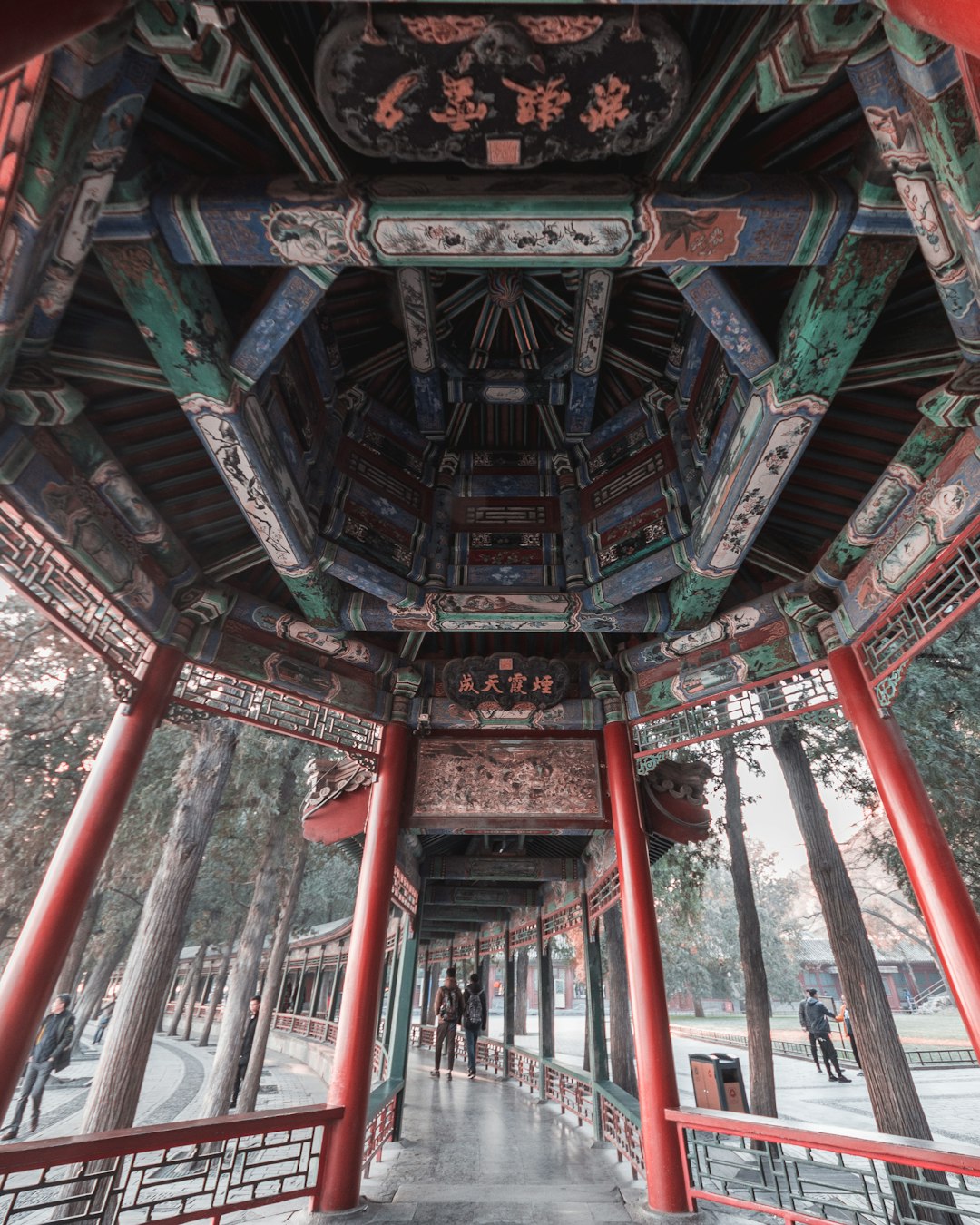
Introduction
The Jade Suit Tomb, also known as the Han dynasty jade burial suit, is an ancient burial site discovered in 1968 in Xuzhou, Jiangsu Province, China. The tomb contains a unique burial suit made of thousands of pieces of jade sewn together with gold wire, along with other fascinating artifacts. The discovery of the Jade Suit Tomb has shed light on the opulence and cultural traditions of the Han dynasty in ancient China.
The Jade Suit Tomb: An Overview
The mystery of the Jade Suit Tomb has fascinated archaeologists and history enthusiasts for decades. Discovered in 1968 in China’s Han Yangling Mausoleum, the tomb contains the remains of Liu Qi, a Chinese emperor who ruled during the Western Han Dynasty. What makes this tomb so intriguing is the unique jade suit that was buried with Liu Qi, as well as the many other artifacts and treasures that were discovered within the tomb. Despite extensive research and analysis, there are still many unanswered questions surrounding the Jade Suit Tomb and its significance in Chinese history.
The Han dynasty ruled China from 206 BCE to 220 CE and was a time of great cultural, scientific, and artistic achievements. The jade burial suit was a symbol of the Han dynasty’s belief in immortality and the afterlife. The Han emperors believed that they needed to be buried with precious materials to ensure a luxurious afterlife. The Jade Suit Tomb is an excellent example of the lavishness of ancient Chinese royal burials.
History of the Jade Suit Tomb
The historical background of the Jade Suit Tomb is a fascinating topic that sheds light on ancient Chinese beliefs and traditions. The tomb dates back to the Han dynasty, which ruled China from 206 BCE to 220 CE, and it is believed to have been constructed for Prince Liu Sheng, the son of Emperor Jing of Han. During this period, it was customary for the wealthy and powerful to be buried with lavish items to ensure a comfortable afterlife.
However, the Jade Suit Tomb is particularly unique because it features a suit made entirely of small jade tiles, which was meant to provide the prince with protection and immortality in the afterlife. The tomb also contained other valuable objects such as gold and silver vessels, pottery, and bronze figurines. This demonstrates the wealth and status of the Han dynasty’s elite class and their belief in the importance of material possessions in the afterlife.
Discovery of the Jade Suit Tomb
The Jade Suit Tomb was discovered in 1968 when workers were digging an air-raid shelter near Xuzhou. The tomb is estimated to have been buried around 153 BCE during the Western Han dynasty. The tomb belongs to Prince Liu Sheng and his wife Dou Wan. The excavation of the tomb took seven years and revealed numerous fascinating artifacts, including the jade burial suit.
The Jade Suit and Other Artifacts
The jade burial suit is the centerpiece of the tomb and is made of 2,498 pieces of jade, each about the size of a playing card. The jade pieces are sewn together with gold wire and cover the entire body of the deceased. The suit weighs approximately 50 pounds and took over two years to make. The Jade Suit is considered one of the most significant pieces of Han dynasty artwork and has been called the “ninth wonder of the world.”
The tomb also contains a gold-plated coffin, more than 3,000 pieces of pottery, bronze lamps, and over 400 pieces of gold and silver ornaments. The artifacts found in the Jade Suit Tomb have provided valuable insights into the Han dynasty’s culture, religion, and art.
Legacy of the Jade Suit Tomb
The legacy of the Jade Suit Tomb is multifaceted and extensive. The discovery of the tomb has provided valuable insights into the burial practices and beliefs of the Han Dynasty, particularly regarding the use of jade as a symbol of power and immortality. The jade suit itself has become a symbol of Han Dynasty craftsmanship and artistic excellence. Its intricate design and construction have inspired many artists and designers, and it has been replicated in various forms of art, from paintings to sculptures.
Furthermore, the tomb’s discovery has led to advancements in the field of archaeology and has helped archaeologists better understand the cultural and historical significance of the Han Dynasty. The excavation and preservation of the tomb have also paved the way for future discoveries and research in the field. Overall, the Jade Suit Tomb’s legacy is a testament to the rich cultural heritage of China and its importance in the global history of art and archaeology.
Conclusion
The discovery of the Jade Suit Tomb has given us a fascinating glimpse into the ancient Chinese royal culture and their beliefs in the afterlife. The exquisite Jade Suit, along with the other artifacts, demonstrates the Han dynasty’s immense wealth and their desire for a luxurious afterlife. The Jade Suit Tomb is a testament to the advanced artistry, technology, and sophistication of ancient China.





